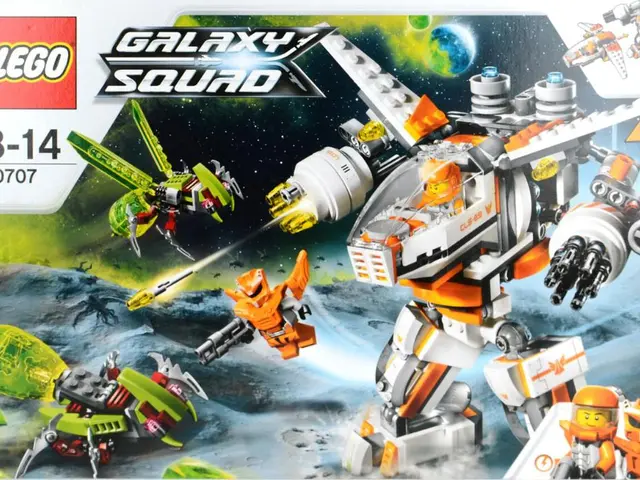Loch Ness Centre Declines Review of Alleged AI-Generated Nessie Images
A New Age of Faked Paranormal Evidence: AI Takes the Reins
The scenic shores of Loch Ness are stirring up quite the commotion, but it's not about a sea monster this time. Generative AI is causing a storm with images of humps floating on the waters, and the locals aren't too thrilled about it.
Recently, the Loch Ness Centre, a renowned museum in Drumnadrochit, Scotland, found themselves on the receiving end of AI-generated pictures of strange humps on the water surface. Not amused, the Centre's general manager politely asked for a halt to the AI pictures, as reported by The Scottish Sun. But with AI's advancing capabilities, it seems the possibility for hoaxes has reached unprecedented heights.
Fortunately, the Centre hasn't encountered any deep-faked plesiosaurs yet. And hopefully, they won't. However, AI-created humps and other perplexing objects hint at a new era of paranormal deception. To tackle this issue, they've enlisted the assistance of two agencies: Loch Ness Exploration and the Loch Ness Project.
Artificial AI-nensis Monsters
1934's infamous Surgeon's Photograph painted a vivid picture, but even that was fake news! A toy submarine. At least it was an actual object.
But what about humps? Those might be trickier to tell apart from AI creations. With AI on the rise, the potential for hoaxes is skyrocketing. No need for staged scenes or paper-mâché Nessies. Just type a prompt and click a button.
Intrigued, I wanted to take a stab at the AI hoax game myself. Given my novice status, my results weren't groundbreaking. But here goes:
Borderline, but not too shabby. Does that look like Loch Ness? Remember, you need more than just a hump! You've got to get the setting right. Now let's try our hand at semi-realistic plesiosaurs:
What do you think? Do these images look convincing, or does AI have a ways to go? Is this a problematic trend or just another tool for hoaxers? This evolving narrative remains to be seen, but the paranormal world better buckle up!
Enrichment Insights:
- Generative AI is fueling paranormal hoaxes by producing highly realistic visuals that fabricate evidence of cryptids or mythical creatures, like the Loch Ness Monster.
- Emerging AI technologies can create plausible but artificially constructed evidence, making it challenging to spot if the content is genuine or not.
- The widespread use of AI highlights concerns about the democratization of fake content creation, enabling even the technology-unsavvy to produce convincing hoaxes.
- As AI tools progress in realism, it becomes increasingly challenging to verify the authenticity of paranormal claims or any digital content, complicating efforts to discern truth from falsehood.
The development of artificial intelligence (AI) is not only being used for generating convincing images of the Loch Ness Monster, but it also opens up new avenues for creating fake paranormal evidence across various fields, blurring the lines between reality and artificial-intelligence-nensis monsters. This advancement in technology has profound implications for the entertainment industry, pop-culture, and even scientific exploration, as we grapple with the widespread democratization of fake content creation and the growing challenge of verifying authenticity.







